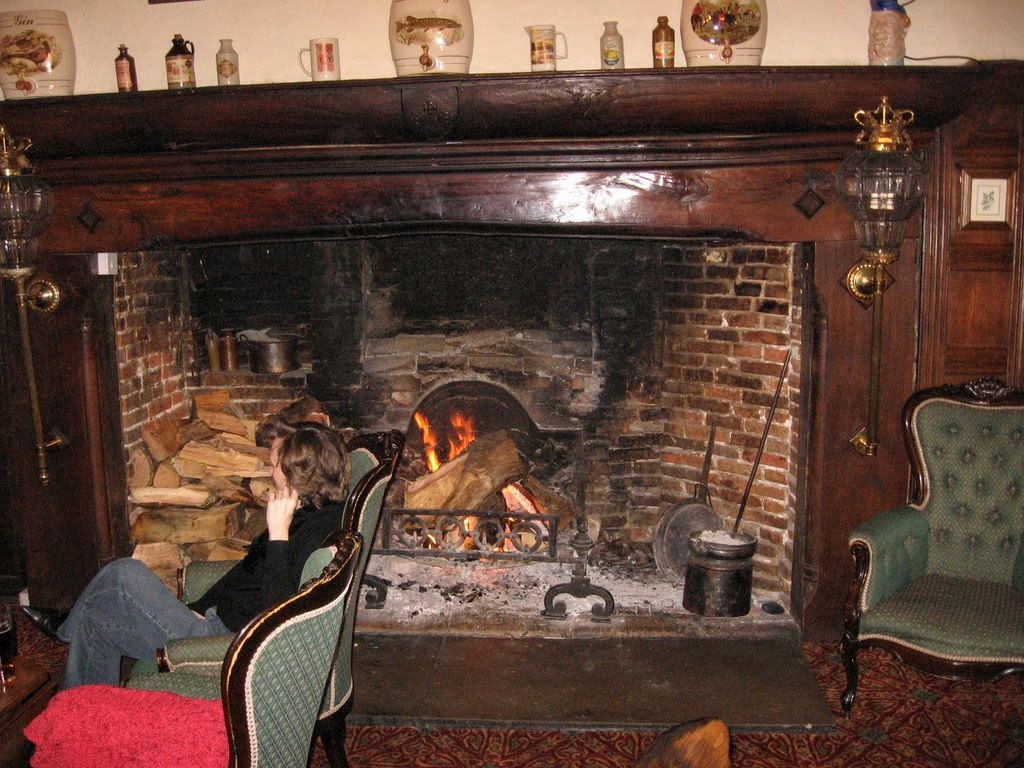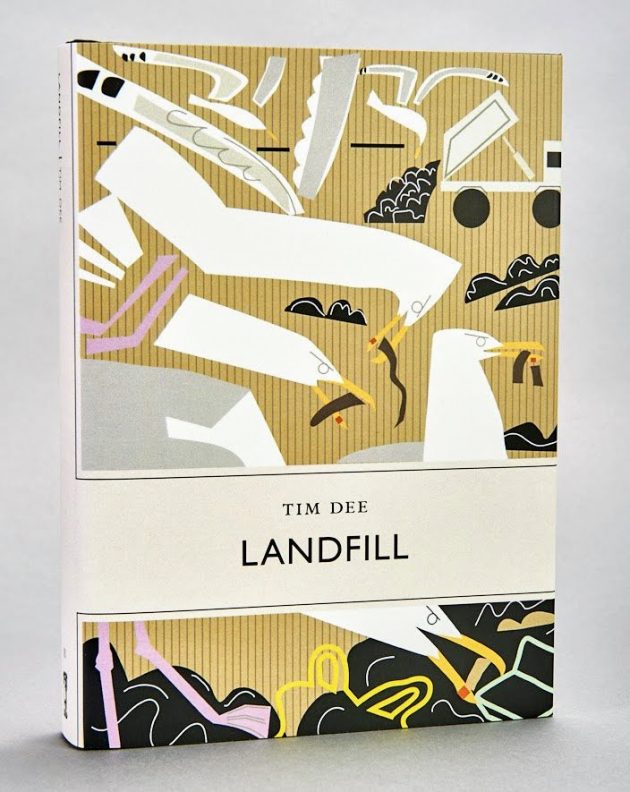
I have visited my local landfill for the last seven years, usually several times per winter, only to recently stumble upon a book called the Landfill! While I have written several blogs on the topic (e.g., here and here), Tim Dee devoted an entire book to it and I just had to read it.
“‘I haven’t met people who say, I quite like gulls. You’re either into it, or you’re not.
“‘I admit, it’s an acquired taste. Lots of people would prefer other birds.
“‘For Caspian, I work from herring gulls. They are my baseline. Caspian gulls have a strange quality: they’re more aggressive than herring gulls but also I think more beautiful.”
Landfill often made me wander off into some half-forgotten gulling experience of mine. At one moment I even realised where I’d like to be while reading it: deep in rural Norfolk.
There, on an overcast and cold winter day, I’d like to snuggle in an armchair next to the fireplace in the Scole Inn, dating from 1655 (sounds a bit unbelievable, but I cannot remember ever drinking in East Anglia in an establishment that was much younger than four centuries). That fireplace (cover photo) is a place to sip some dark ale while the fire is flickering, wandering from Dee’s words to my observations and back, not wanting to leave the warmth and face bitter northerly winds outside. (When I visited it, the Scole Inn had that kind of cozy, book-reading-by-the-fireplace feeling. Checking the recent photos, it seems that the new owner didn’t realise what he had and, trying to smarten a respectable old lady into an eye-candy debutant, managed to destroy it.)

In one of the first of Dee’s observations about gullers he calls them: “men leaving their homes and their families to spend time peering at arsey birds in some of the arseholes of the world.”
Still, as it turned out, I was a bit disappointed – it wasn’t what I hoped for, gulling, gulling and more hard-core gulling. Out of 240 pages of the Landfill, only a minor part is about birding the landfills. There are the first hand gulling experiences – my favourite part of the Landfill, then there are interviews with experts on gulls, also very interesting, and finally, essays on books mentioning gulls presence or absence in this or that area, mostly in a historical context – my least favourite part of, overall, an interesting piece of writing.
In my native Serbia, Black-headed Gull was the most numerous gull species in both the 19th (data from 1843) and 20th century (early data from 1918 and 1950), breeding almost exclusively on man-made habitats, hence I was quite surprised to learn from Dee that BHGs came to London as late as 1880s and: “their appearance has, from its rarity, caused a corresponding excitement among Londoners…”
In the early 1890s, “for the first time, so far as I know, the custom of regularly feeding the gulls in London had its beginning. …hundreds of working man and boys would take advantage of the free hour at dinner time to visit the bridges and embankments, and give the scraps left from their meal to the birds.”
Dumps, “most alive at its face, a slow-breaking wave of fresh-dropped rubbish”, gulls… and girls! Well, no, if I understood him well, he didn’t meet her at the landfill. At some stage, in the darkness with Claire and Callan, Tim Dee was stalking a nightjar in Madagascar. Only later, in Acknowledgments, will Dee mention their last names, Spottiswoode and Cohen, respectively, but I knew them from the moment I read their first names.
For a while I used to be a Southern African birder and those two are household names down there. I met Callan some time back at the British BirdFair. I have never met Claire, and yet, have exchanged hand-written notes with her. In my mind, Claire is a hybrid between Lara Croft and Huckleberry Finn.
Claire (not that Dee mentions that) has waited for the civil war in Angola to end, only to go searching for a lost bird, described in Angola in 1960s and then lost during the war. Is its habitat still there? No one has seen it after the initial discovery! The habitat was there, the birds were there and Claire found them. At the time I was the Secretary of the Botswana Bird Club, and Claire was one of recipients of the club’s ornithological journal The Babbler. Into her copy I slipped a note congratulating her on the rediscovery of a Lazarus taxon. Claire didn’t stopped there, but repeated the same kind of rediscovery after the war in Mozambique.
Callan is my FB friend and occasionally I see something about him, but Claire had all but disappeared. Google told me that, following her academic career she has moved to England. How can anyone replace that glorious African sunshine for gloomy skies of England is beyond me. That was something I couldn’t understand until Tim Dee said that Claire had become his wife, answering the sunshine question.
This book is like meeting an old gulling friend and, over an ale or two, listening to his stories about gulls and girls, dumps and old books, a bit like Charles Marlow telling his fellow sailors how he went up that river, “like traveling back to the earliest beginnings of the world,” but that is another story, without gulls, and the only girl in it is quite faraway and distant.
For Tim Dee’s Landfill, if you are a guller, it’s a must, but even if not, give it a try. Chose a bitter winter day, when the wind is howling outside, snuggle next to a fireplace and step into a weird world of dumps and gulls.
Book details
Hardback | 178mm x 128mm | 240 pages
Publisher Little Toller Books, United Kingdom
Jacket and illustration by Greg Poole
Publication date 2018
ISBN10 1908213620
ISBN13 9781908213624











Leave a Comment